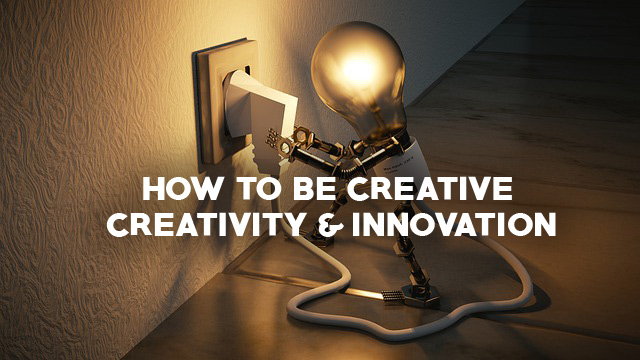Do you want to know how to become a creative leader?
Edward de Bono one of the proponents of lateral thinking sees creativity as a skill which can be learnt over a period of time. Unlike prior beliefs that innovators are born creative. He proposes that parallel thinking is a more useful and effective means of putting creative talent to work. Let us learn the way to improve creativity and innovation.
Formal creativity and innovation works because it works with the way everyone’s brains work: both consciously and subconsciously, we automatically filter, categorize, process and organize information.
Building on this, de Bono argues that parallel thinking is more effective for generating the results that make a difference to companies. Parallel thinking is when each individual puts forward their own thoughts in parallel with those of others.
In this way, each individual is able to complement, enrich and build on one another’s thinking, rather than competing or attacking the thoughts of others. The reason why this is more important than ever is because what companies previously relied on for competitive advantage – competence, information and technology – are now easy-to-obtain commodities in this fast changing world.
These are all buyable commodities, enabling your competitors to rapidly erode any advantage you may have had. Today, what matters is creating value from these commodities. Creativity and innovation was never ever so important than now.
What is creativity and innovation
Creativity solves problems, challenges existing methods, and provides a better and constantly improving way forward. Given the reward, companies need to know how best to harness creativity in a way that is useful.
A major flaw in traditional brainstorming is that it assumes that, if you give people the freedom to express themselves, they will magically become creative.
This is not the case. For organizations, useful creativity needs to be a formal activity that requires thinking that provokes and challenges a current situation and then searches for answers.
Provoke, challenge and search for solutions
Given the brain’s natural inclination to organize information and think laterally, we can tackle issues by simply taking a random starting point.
Our brains will automatically process information, make connections and point us in new directions. Allowing such randomness in selecting a starting point is important.
It suggests new possibilities and takes thinking along new paths. Significantly, it is likely that our brains have already processed information and are subconsciously suggesting such opening gambits because they could be highly relevant. This serves to break us out of the current doldrums and set us on a new course.
Next, our new thinking needs to move forward: to challenge the information it is processing. Just because something has always been done a certain way does not mean it is carved in stone: methods can always be improved upon. Constantly questioning and challenging is a mindset that is a huge source of competitive advantage precisely because it is the way that companies create value from their resources.
An important point to remember is that even when something seems to be working and is successful it doesn’t mean it is the best that it can be. Once thinking challenges the norm, we will automatically explore alternative and potentially better solutions. Creating a culture of creativity in a world where competence, knowledge and technology are no longer enough is now the true source of success.
The Discovery Cycle (ORCA)
Discovery – making things known or visible – is a vital precursor for innovation. The Discovery Cycle is a way of choosing new ideas that are profitable and scalable. The Discovery Cycle has four stages, summarized in the acronym ORCA (Observation, Reflection, Conversation, Analysis):
1 Observation
Understand how the world is changing – for example, by looking for anomalies, paradoxes, peripheral developments and direct experience.
2 Reflection
Techniques that work best at this stage include zooming in and out, using a muse, suspending judgement, slowing down, reflecting on what’s missing, restructuring data to simplify patterns, juxtaposing pieces of different information (bisociation) and taking time to rest.
3 Conversation
People set the pace and scope for innovation, so the best techniques to use at this stage include contrasting views, setting the agenda, framing the issues and generating hypotheses.
4 Analysis.
The final stage of the Discovery Cycle involves gathering systematic evidence, classifying and categorizing data, naming, completing data analysis and hypothesizing.
What can we learn from great innovators
What lessons do innovators have for us? Several come to mind:
• Build on the ideas of others / collaborate. That should be easy for scientists who are, in the words of Isaac Newton, ‘standing on the shoulders of giants’.
• Take an unorthodox, distinctive approach.
• Embrace diversity.
• Create a diverse, open and creative culture.
• Develop empathy for the consumer or customer (understand people).
• Execute and practically take action.
• Be confident and bold.
• Find your motivation; enjoy your work.
This list also highlights three other vital points:
1 Innovation relies on teamwork, agility and the ability to lead change, the other elements of this programme.
2 Innovation is about mindset: you need to think like an innovator andyou need to encourage that in others.
3 Innovation isn’t only about products: it is about improving efficiency, reducing costs, improving the quality and quantity of people’s work, removing constraints – and that’s just internally; it also means serving and understanding customers, building a brand – and more.

